19 Types of Rakes & Their Uses (With Pictures)
-

- Last updated:
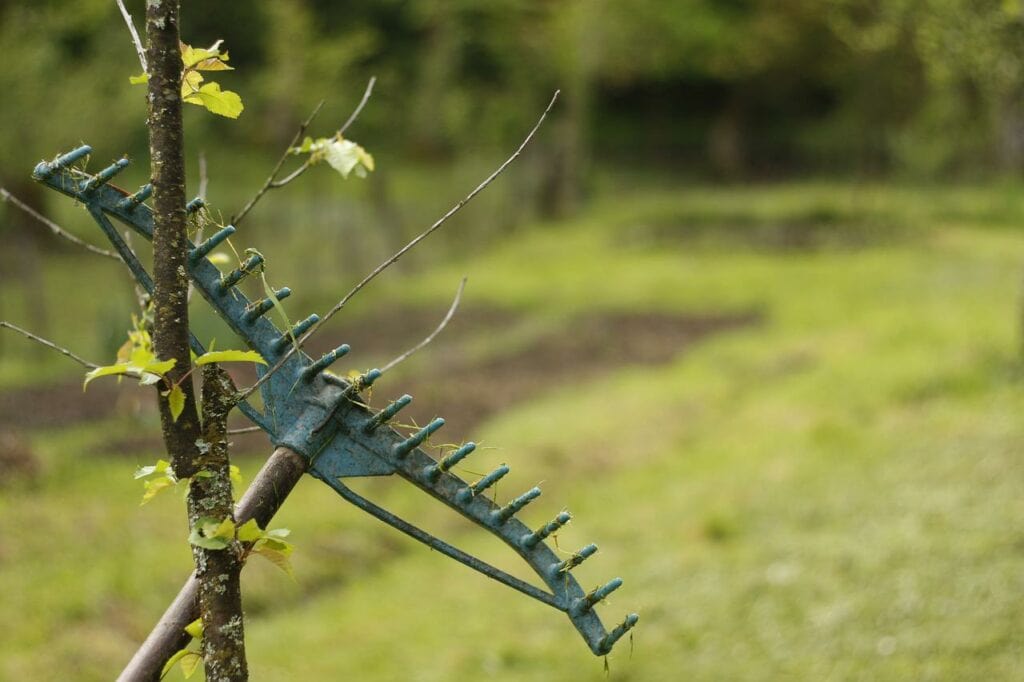
There is a surprisingly wide range of rakes that will tackle virtually any job, from what might be considered standard garden and leaf rakes to more specialist items like fire rakes that the vast majority of us will never need. While you might know that you need a rake, do you know the best type for the job? Below are 19 types of rakes to help you choose the right one.
Rake Terminology
Rakes are fairly basic tools with very few parts. Generally, they have a handle and a head. The prongs at the end of the head are called tines, and it is the length, width, quantity, and distance between these tines that are the main differences between rake types.
The 19 Types of Rakes
Gardens and Lawns
1. Garden Rake
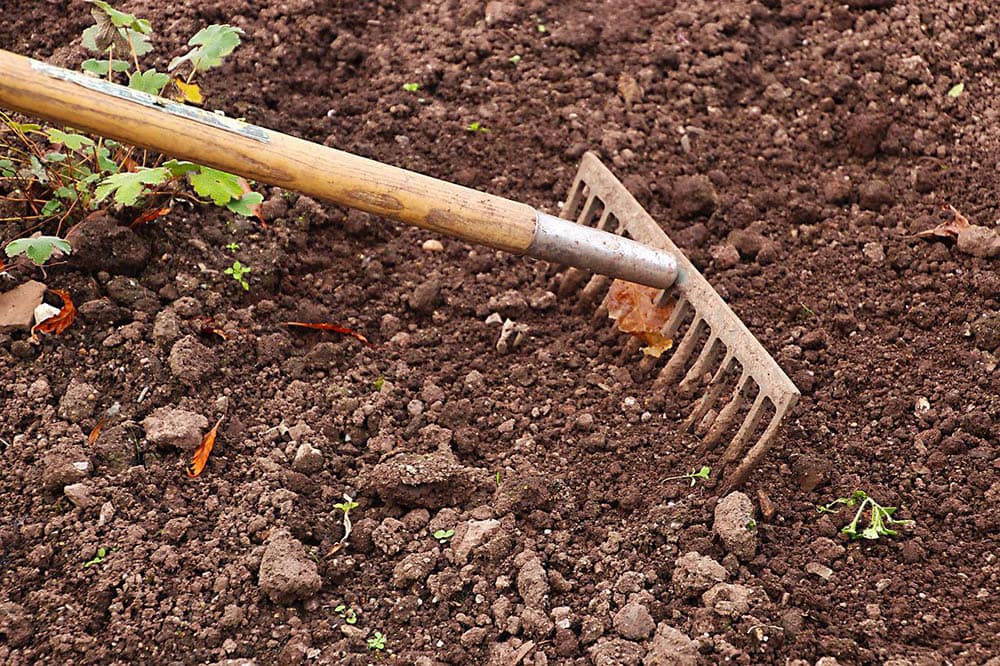
Garden rakes are the most common of rakes. They have stiff tines that are typically made from metal and are attached to long handles. They are used to move earth, dig out furrows for planting, and to break down clumps of soil into a more workable material. They may be referred to as level head rakes or soil rakes.
2. Lawn Rake
Lawn rakes look similar to leaf rakes and can be used to gather up leaves, but the fanned, thin metal tines are flexible and make it possible to rake uneven surfaces, such as lumpy lawns, and gather up dry grass, fallen tree blossoms, and leaves.
3. Leaf Rake
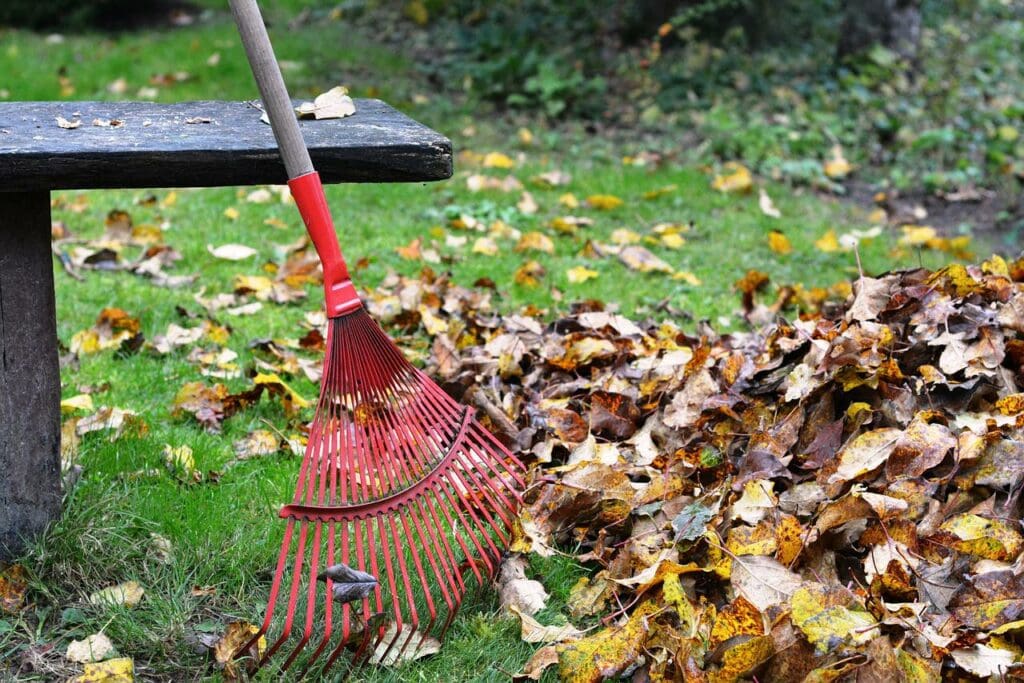
The leaf rake is similar in style to the lawn rake, but it has thicker, plastic tines. The tines are less flexible, although they will move a little, and this rigidity, combined with the bent ends of the tines, makes it easy to rake up piles of leaves.
4. Leaf Scoop Rake
The problem with the standard leaf rake is that once you have gathered the leaves in a pile, you have to pick the leaves up to put them in the compost or the garden waste. The leaf scoop rake is used as a more convenient alternative to manually collecting leaf piles. It has two jaw sections and, by pulling one section of the handle, you can pick up a pile of leaves for easy transport and empty them into a wheelbarrow or compost bin.
5. Thatch Rake

Thatch is essentially dead grass but may also include some other debris, leaves, and other garden waste. If left on the lawn, it can smother and kill the grass, but it isn’t easy to remove. A thatch rake has blade-like tines that scratch the thatch out of the lawn while leaving the grass intact.
6. Landscape Rake
The landscape rake is used in gardens but is more often used by professional landscaping companies and contractors rather than homeowners themselves. The rake has a wide head and is used to spread materials like soil while also leveling the surface. They are heavy and not usually necessary for regular gardening.
7. Shrub Rake
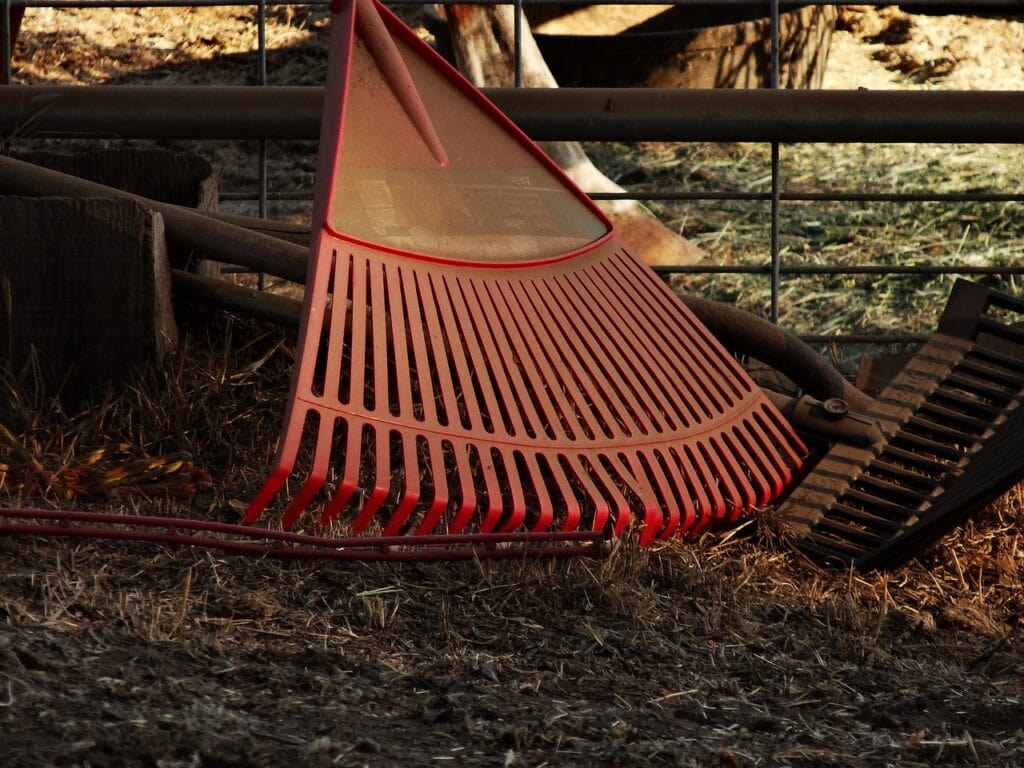
The shrub rake has a similar style of head to the leaf rake, but the head is smaller and, therefore, has fewer tines. It is used to get between and underneath shrubs and bushes. It can also be used to get into any confined space where access is difficult.
8. Hand Rake
The hand rake is different from all the rakes above because it is designed for use with one hand. It has a short handle, typically only a few inches in length, and half a dozen or so tines. This type of rake is not practical for dealing with entire lawns or large sections of the garden, but it is beneficial for raking around individual plants and tending to small sections.
9. Berry Rake

The berry rake is another type of hand rake, which means it is held in one hand. It has a bucket-style head and tines that are close together. You place the tines behind the berries on strawberries and other bushes and then pull the head to dislodge the berries. The berries land in the bucket, the plant remains undamaged, and you don’t have to endure thorns in your fingers.
10. Bow Rake
The bow rake looks very similar to the garden rake. The difference is in how the head attaches to the handle. The garden rake, also called the flat head rake, attaches directly to the handle using a single connection and forms a T shape or a flat head. A bow rake has arched supports that attach to either end of the rake and give the head more stability, making it stronger and more beneficial for moving materials like gravel and mulch.
11. Power Rake
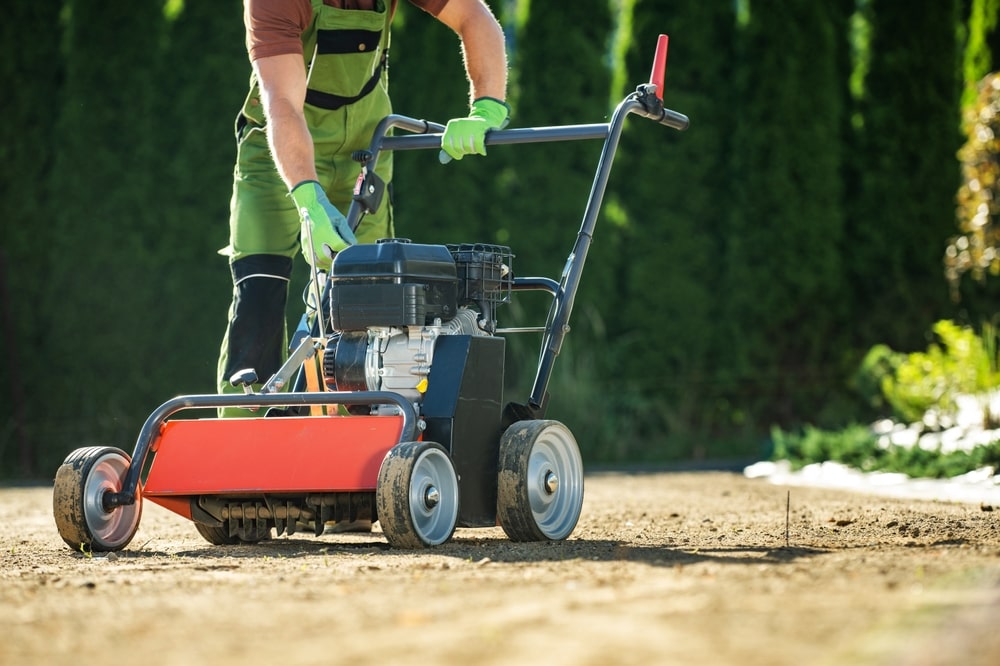
The power rake can be powered by gas or electricity, and it essentially does the job of the garden rake but with much less effort on your part. The motor powers rotating rake tines that can gather leaves and thatch. A power rake may use a bag or a hard container to gather the materials.
Other Surfaces
12. Tarmac Rake
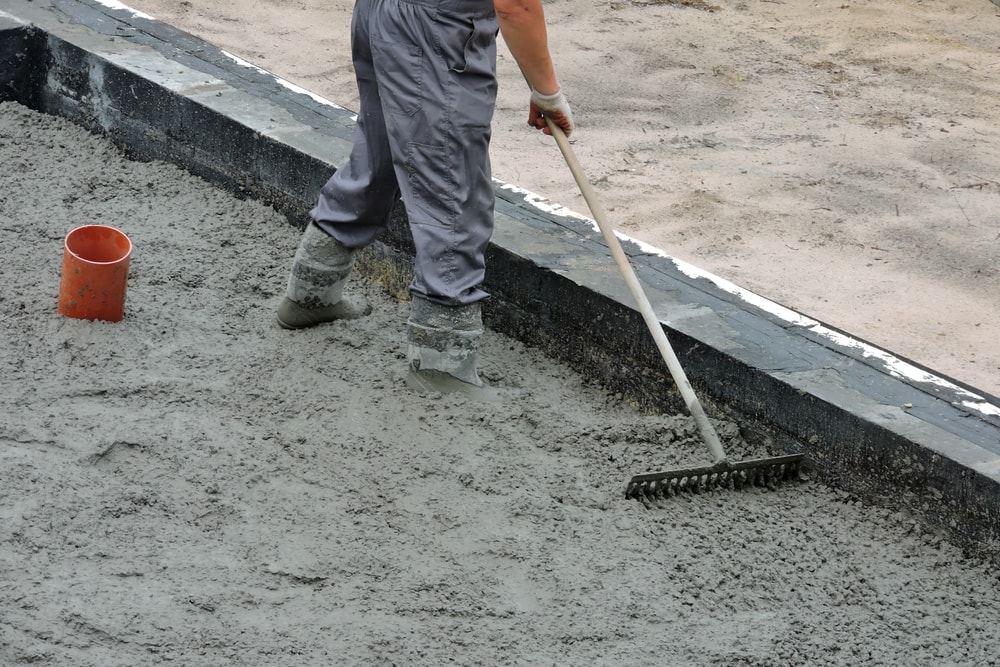
The tarmac rake is another tool that looks very similar to the garden rake. However, it is made from sturdier and thicker materials and usually has a wider head than a garden rake. This means, like the bow rake, it can be used to move stones and heavier materials. It is commonly used to spread tarmac.
13. Lake Rake
The lake rake will have either a very long handle or a shorter handle that is attached to a length of rope. It also has some kind of buoyancy aid attached to the top of the head so that you can extend the rake out as far as possible and rake up algae and floating debris from the top of a lake, pond, or other body of water.
14. Hay Rake
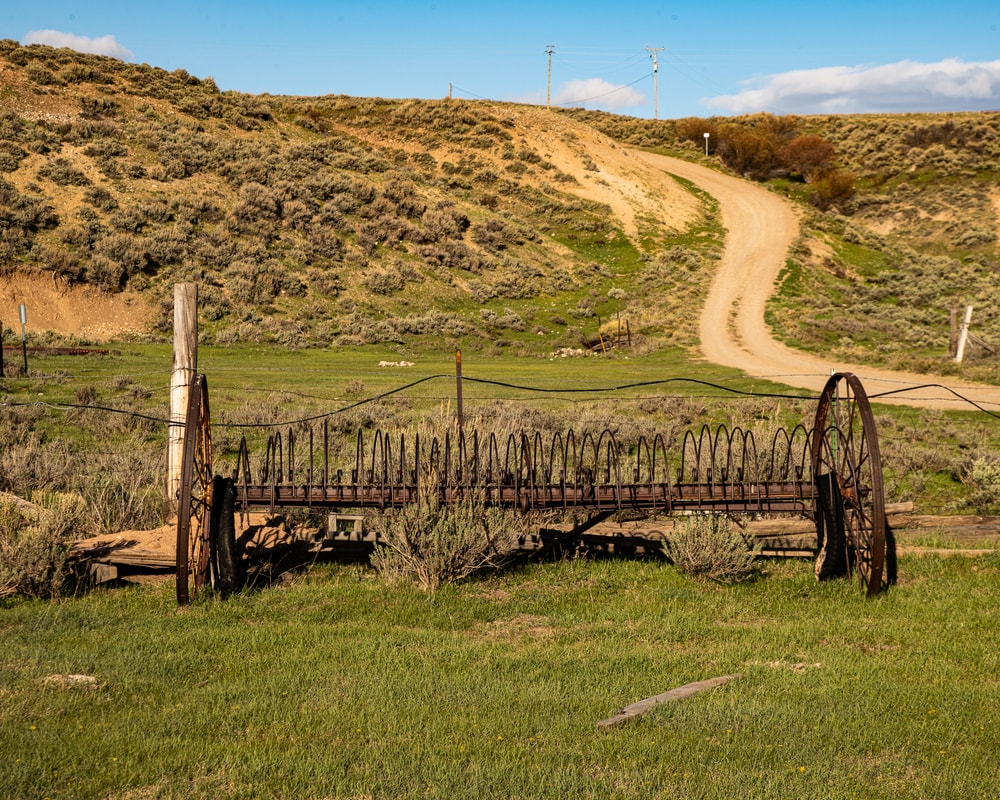
Hay rakes are commonly used on small farms and are, as the name suggests, used to gather up hay and dried grass. They look similar to landscape rakes but have a wide head and large tines. Some are designed to be attached to and dragged by a tractor, making the job even easier.
15. Roof Rake
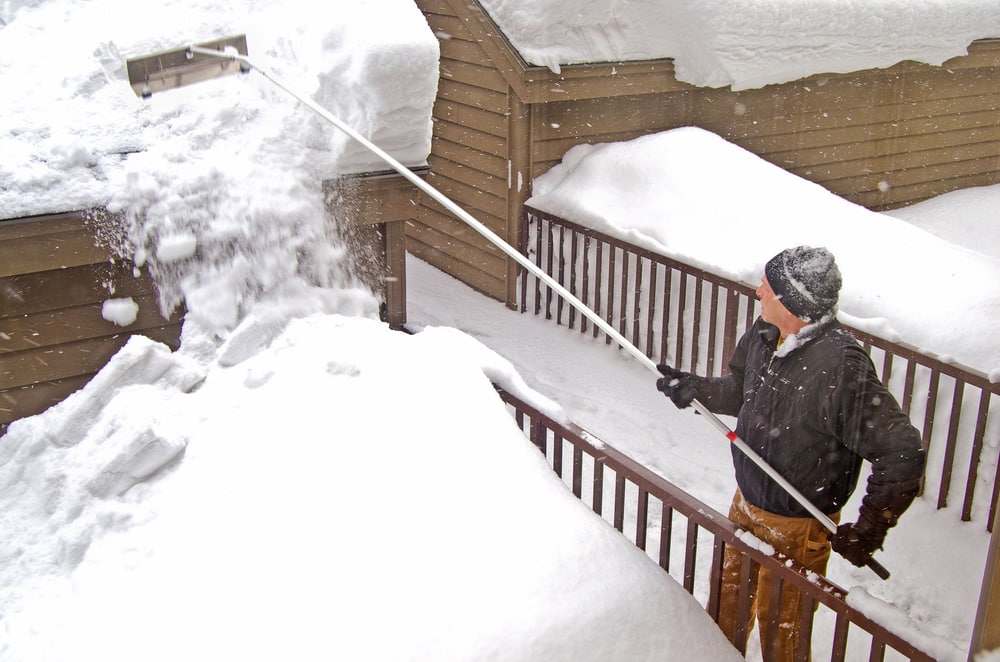
The roof rake is meant for raking the roof of properties, but more specifically for gathering snow and other debris. The long handle not only makes it possible to reach far up the roof, but it also allows the user to stand far enough back that they aren’t in any danger of injury or accident.
16. Concrete Rake
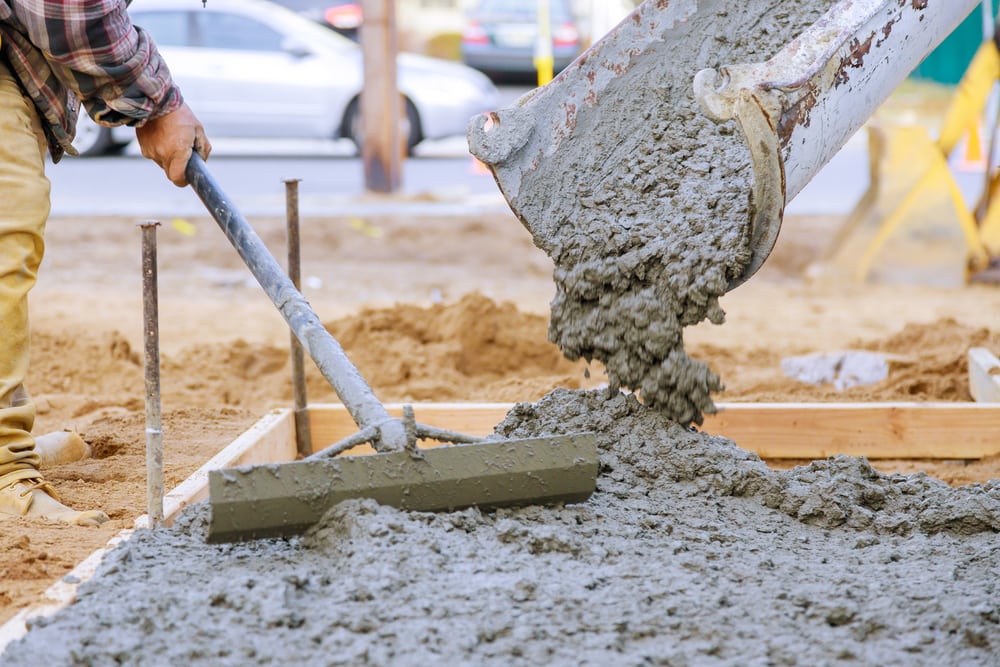
The concrete rake is another item that is typically used by professionals rather than homeowners because few people need to regularly flatten and move concrete around. The rubber head has a flat side for smoothing and a textured edge. If you are planning on concreting an entire drive or pathway, it may be beneficial to invest in one of these.
 Other Rakes
Other Rakes
17. Fire Rake
The fire rake is, strictly speaking, a rake. It has a handle and tines, but the tines are triangular in shape and made of heavy metal. They have a long handle, so the user doesn’t have to get too close to the hot flames. The rake is typically used to push dirt onto a fire to try and control its movement. These are normally used by firefighters to control wildfires.
18. Ash Rake
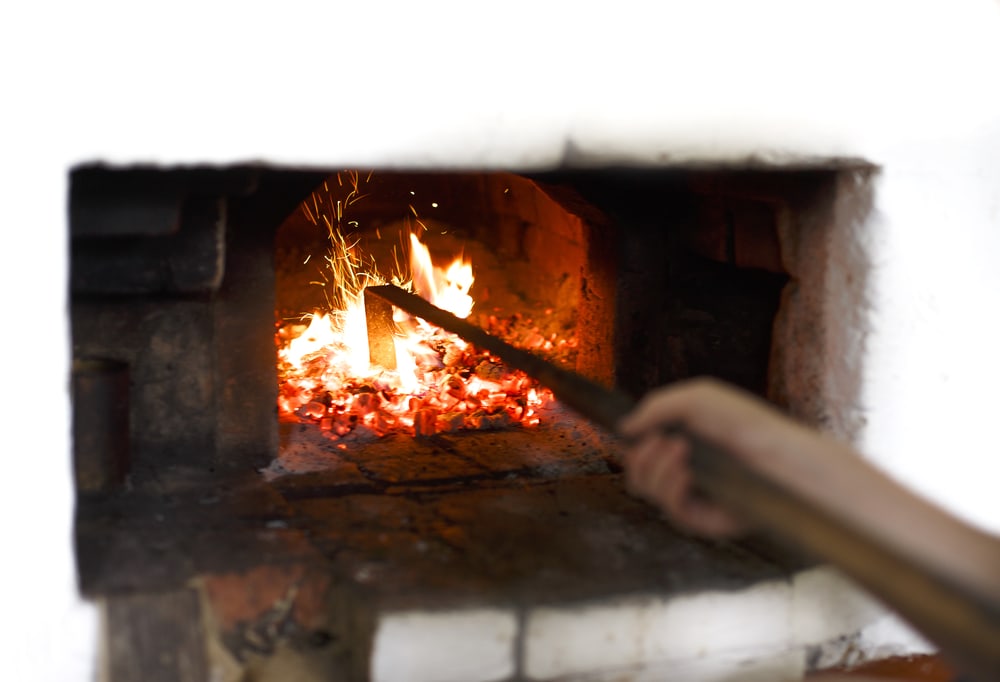
An ash rake is commonly used inside the home and with a real fire but may also be used outdoors for wood burners and stoves. The whole thing, which includes a short handle and small head, is made of metal to protect against fire, and it is used to gather the ash from a burned fire without having to sweep.
19. Child’s Rake

Finally, the child’s rake is smaller than a standard rake and is designed for use by children. But, while it is smaller, it is usually also functional. This means that you can encourage your children to tend the garden with you while you get to enjoy a little manual help around the yard.
In Conclusion
There are many different types of rakes, including some, like the fire rake, that have very specific uses and will rarely be used by the majority of people. Others, like the garden rake, are commonly found in sheds and garages and are found in the garden aisle of most stores. Although they are all similar in their functional design and are all designed to push or pull items along surfaces, it is important that you get the right rake for the job at hand.
Featured Image Credit: Ikaika, Pixabay
Contents


